So Somebody On My Facebook Posted This. And I’ve Seen Sooooo Many Memes Like It. Images Of A Canvas
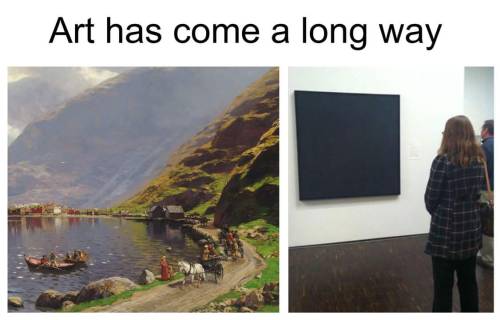
So somebody on my Facebook posted this. And I’ve seen sooooo many memes like it. Images of a canvas with nothing but a slash cut into it, or a giant blurry square of color, or a black circle on a white canvas. There are always hundreds of comments about how anyone could do that and it isn’t really art, or stories of the time someone dropped a glove on the floor of a museum and people started discussing the meaning of the piece, assuming it was an abstract found-objects type of sculpture.
The painting on the left is a bay or lake or harbor with mountains in the background and some people going about their day in the foreground. It’s very pretty and it is skillfully painted. It’s a nice piece of art. It’s also just a landscape. I don’t recognize a signature style, the subject matter is far too common to narrow it down. I have no idea who painted that image.
The painting on the right I recognized immediately. When I was studying abstraction and non-representational art, I didn’t study this painter in depth, but I remember the day we learned about him and specifically about this series of paintings. His name was Ad Reinhart, and this is one painting from a series he called the ultimate paintings. (Not ultimate as in the best, but ultimate as in last.)
The day that my art history teacher showed us Ad Reinhart’s paintings, one guy in the class scoffed and made a comment that it was a scam, that Reinhart had slapped some black paint on the canvas and pretentious people who wanted to look smart gave him money for it. My teacher shut him down immediately. She told him that this is not a canvas that someone just painted black. It isn’t easy to tell from this photo, but there are groups of color, usually squares of very very very dark blue or red or green or brown. They are so dark that, if you saw them on their own, you would call each of them black. But when they are side by side their differences are apparent. Initially you stare at the piece thinking that THAT corner of the canvas is TRUE black. Then you begin to wonder if it is a deep green that only appears black because the area next to it is a deep, deep red. Or perhaps the “blue” is the true black and that red is actually brown. Or perhaps the blue is violet and the color next to it is the true black. The piece challenges the viewer’s perception. By the time you move on to the next painting, you’re left to wonder if maybe there have been other instances in which you believe something to be true but your perception is warped by some outside factor. And then you wonder if ANY of the colors were truly black. How can anything be cut and dry, black and white, when even black itself isn’t as absolute as you thought it was?
People need to understand that not all art is about portraying a realistic image, and that technical skills (like the ability to paint a scene that looks as though it may have been photographed) are not the only kind of artistic skills. Some art is meant to be pretty or look like something. Other art is meant to carry a message or an idea, to provoke thought.
Reinhart’s art is utterly genius.
“But anyone could have done that! It doesn’t take any special skill! I could have done that!”
Ok. Maybe you could have. But you didn’t.
Give abstract art some respect. It’s more important than you realize.
More Posts from Feralpaules and Others
The Whole Potter-Dumbledore Relationship
Is Dumbledore actually evil or is he way more tragic than anyone realized? So I’ve been thinking recently about Harry Potter, and by recently I mean for the past decade and a half. But recently, as “since Thursday, February 11,” I’ve been thinking about a very specific thing in Harry Potter. Over at Tor.Com, Emily Asher-Perrin has a fabulous reread going on (that’s almost over *sob*), and in her…
View On WordPress
My 90yr old Irish Catholic grandpa doesn’t miss with my gender. He’s never gotten my name wrong, or my pronouns, never even faltered over it.
It’s all so natural too: son, big man, young man…
We’ve never talked about it. He’s the only one who hasn’t pushed for details. He just accepted it and carried on because it’s not a huge deal.
It’s so comforting.
The Problem Most "Creating Feminist Female Protagonists" Guides Are Missing
The Problem Most “Creating Feminist Female Protagonists” Guides Are Missing
If you haven’t noticed, there’s a lot of talk about how to write a female protagonist believably and without bringing down double standard criticisms of “Strong Female Character” or “Mary Sue” that male character simply don’t receive. But most articles and blog posts focus so fully on the creation of the female protagonist that they miss the underlying problem. (more…)
View On WordPress
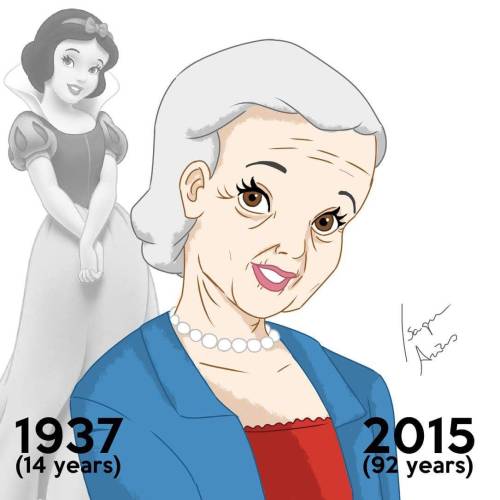
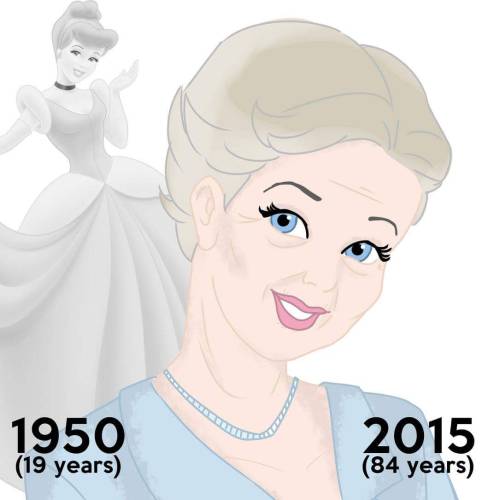
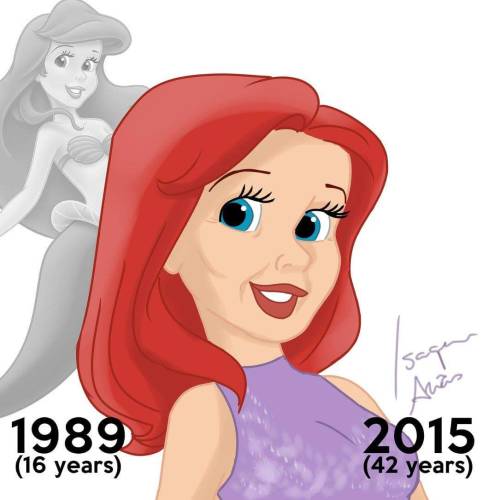
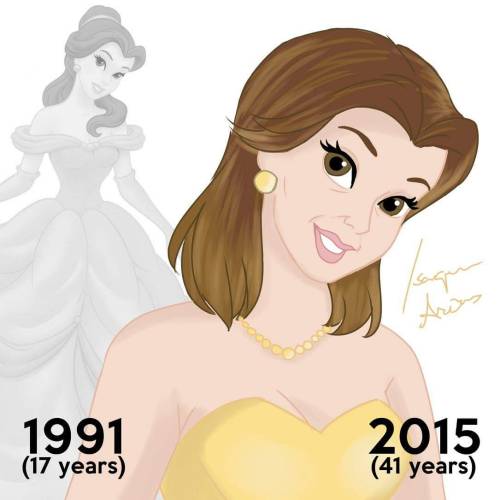
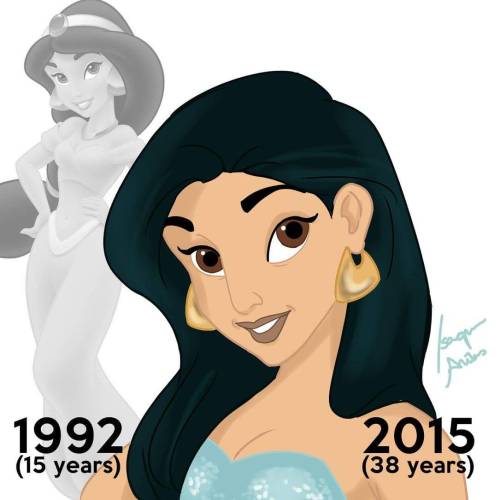
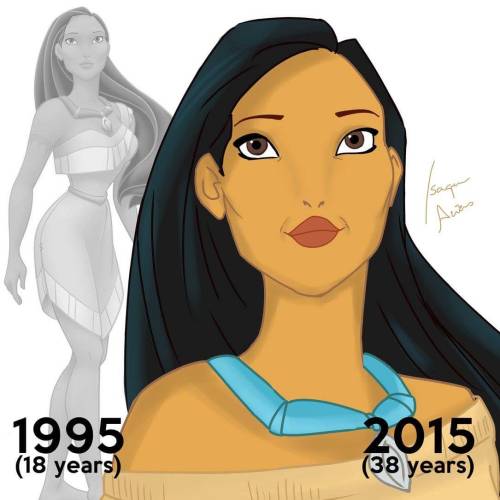
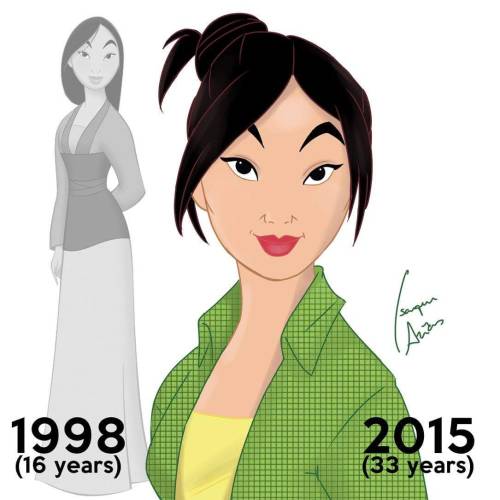
Disney Princesses at their Current Ages
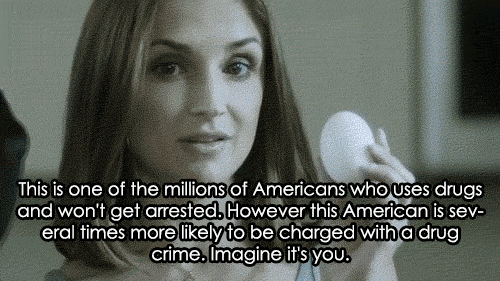
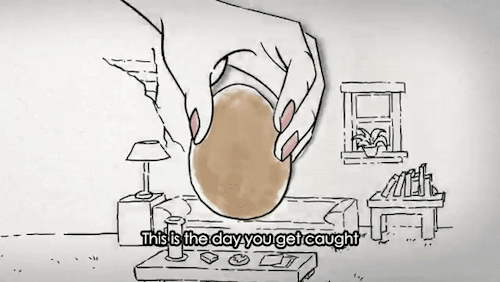
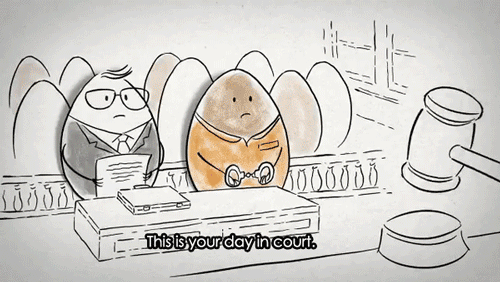
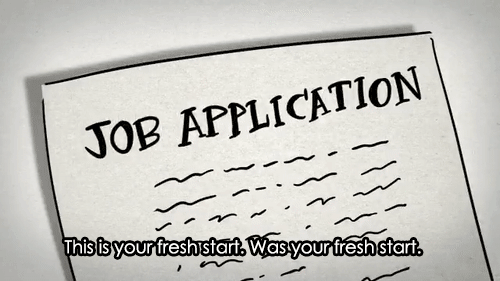
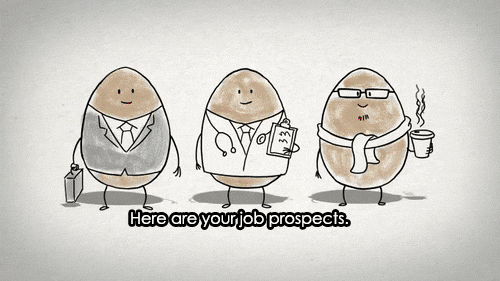
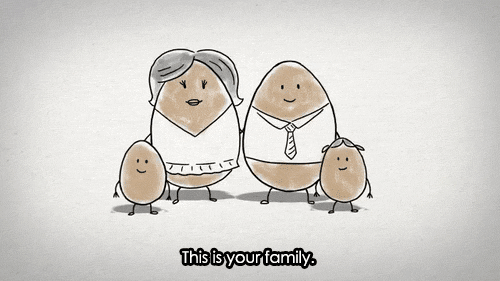
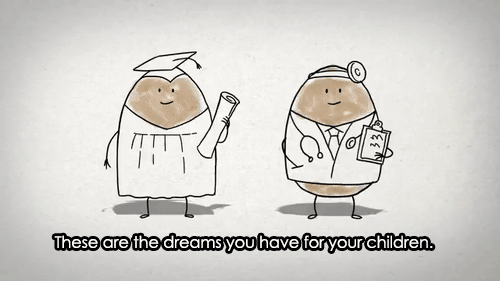
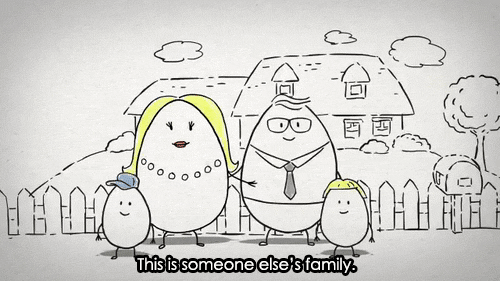
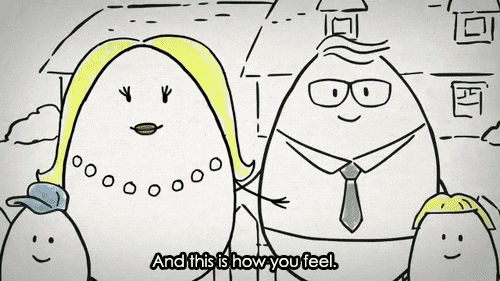


The war on drugs is rooted in racist policies . The failure of the war and drugs is obvious. We need to find a better solution, because people of color should never be the victims of racist policies. White Americans are more likely than black Americans to have used most kinds of illegal drugs, including cocaine and LSD. Yet blacks are far more likely to go to prison for marijuana, which is not a hard drug. Moreover , even when white people get caught , they get less time in prison.
How fucking annoying is it when you feel so restless with creative energy but you can’t decide what to do with it and when you finally try to create something it comes out shit so you just give up and sit there being all creatively annoyed and jittery.
Fall Reading Reviews '15
Fall Reading Reviews ’15
Every season I have a list of books to read; you can find out more information under the Great Book List page. This season I slightly overdid it with my commitments, but we’ll chalk it up to a learning curve. Below the read more are reviews (with minor spoilers) of Thorn Jack by Katherine Harbour, Fangirl by Rainbow Rowell, Flappers: Six Women of a Dangerous Generation by Judith Mackrell, The…
View On WordPress
Writing from Scratch #2
What is a Plot?
Different people mean different things when they use the word “plot,” and they are all correct, if not as descriptive as they could be.
Some people mean a story structure, like the 3-Act Structure; some people mean a plot archetype, like an underdog sports plot or a heist plot; some people mean the negative to positive or positive to negative trajectory of the main character, like Rags to Riches; and some people mean “to plot” as in “to outline.”
Throughout Writing from Scratch, when I say “plot,” I’ll be referring to the definition I’ve already hinted at: a plot is a problem and its solution. Plots of this nature can be very long if the solution takes a while for the character to arrive at or very short if the solution is solved without much trouble. In a story with multiple plots of this type, the plot that has its problem first introduced and last solved is what I will call the Long Plot.
Plot-Problems
There are four umbrella types that plots of this kind fall under – all based on the type of problem the plot has. And these are called the MICE* plot-problems.
Milieu
Inquiry
Character
Event
Over the next few posts, I will be diving into each in turn.
Read More on WordPress
Writing from Scratch #9: Complex Plots, Part 2
Writing from Scratch #9: Complex Plots, Part 2. Writing from Scratch is a weekly blog series that takes writing back to the basics. #writing #writingadvice
Writing from Scratch is a weekly blog series that takes writing back to the basics. Each week we’ll build on what we’ve learned before to craft our stories.
Go to index. Go to first post. Go to previous post.
Complex Plots, Part 2: Modifying Plots
The second way we’ll try complicating a plot is through plot modifiers. This happens when a try-fail cycle not only furthers the solution of…
View On WordPress
Writing from Scratch #12: Compound Plots, Part 2
Compound Plots, Part 2: Parallel Plots
Parallel plots share a lot in common with subordinate plots. As with subordinate plots, parallel plots occur simultaneously – the individual problems and their solutions should be introduced and resolved at roughly the same time. However, parallel plots can be divided from each other and stand on their own, unlike with a subordinate plot which is dependent on the principle plot for its try-fail cycles.
“Parallel plots” is a bit of a misnomer. “Parallel” comes from the idea of parallelism in sentence construction because parallel plots often act as mirrors to one another or two sides of the same coin; they often work on each other indirectly to strengthen or emphasize the Thought of the story. What we don’t want to do is fall into the trap of thinking that the plots cannot intersect; although you should be able to separate them into their own stories, in a single story, they are meant to work together.
Superhero stories have parallel plots a plenty with the main character dealing with a plot-problem as their civilian identity and dealing with a different plot-problem as their superhero identity. We’ll look at one of these examples, Spiderman: Homecoming. Peter Parker is dealing with a Character plot in overcoming his lack of confidence to ask Liz out on a date; meanwhile Spiderman is dealing with an Inquiry plot involving the sale of alien tech weaponry on the streets. These do have points of overlap – they should for effective storytelling. However, if you take the Inquiry plot out of the story, you have a rom-com/coming-of-age story with a complete plot of no confidence to ask Liz out to yes confidence to ask Liz out. If you take the Character plot out of the story, you still have Spiderman investigating the origin of the alien tech weaponry.
Continue Reading on WordPress
-
 kekenjoy liked this · 1 week ago
kekenjoy liked this · 1 week ago -
 strung-by-fate liked this · 1 week ago
strung-by-fate liked this · 1 week ago -
 another-shameless-fangirl reblogged this · 1 week ago
another-shameless-fangirl reblogged this · 1 week ago -
 daddys-slutboy liked this · 2 weeks ago
daddys-slutboy liked this · 2 weeks ago -
 smellcast reblogged this · 3 weeks ago
smellcast reblogged this · 3 weeks ago -
 smellcast liked this · 3 weeks ago
smellcast liked this · 3 weeks ago -
 scotfreeman reblogged this · 3 weeks ago
scotfreeman reblogged this · 3 weeks ago -
 scotfreeman liked this · 3 weeks ago
scotfreeman liked this · 3 weeks ago -
 overcaffeinatedexistentialcrisis reblogged this · 3 weeks ago
overcaffeinatedexistentialcrisis reblogged this · 3 weeks ago -
 locallyfamousroadkill liked this · 1 month ago
locallyfamousroadkill liked this · 1 month ago -
 atiskamatis reblogged this · 1 month ago
atiskamatis reblogged this · 1 month ago -
 atiskamatis liked this · 1 month ago
atiskamatis liked this · 1 month ago -
 agirlwitheternalsenses liked this · 1 month ago
agirlwitheternalsenses liked this · 1 month ago -
 bexeris liked this · 1 month ago
bexeris liked this · 1 month ago -
 jstwunnahvfun liked this · 1 month ago
jstwunnahvfun liked this · 1 month ago -
 tealcrush reblogged this · 1 month ago
tealcrush reblogged this · 1 month ago -
 tealcrush liked this · 1 month ago
tealcrush liked this · 1 month ago -
 i-darkling liked this · 1 month ago
i-darkling liked this · 1 month ago -
 bowlofworms liked this · 1 month ago
bowlofworms liked this · 1 month ago -
 adultingrefs reblogged this · 1 month ago
adultingrefs reblogged this · 1 month ago -
 senadimell reblogged this · 1 month ago
senadimell reblogged this · 1 month ago -
 art-scrapblog reblogged this · 1 month ago
art-scrapblog reblogged this · 1 month ago -
 daan-176 liked this · 2 months ago
daan-176 liked this · 2 months ago -
 miami-man reblogged this · 2 months ago
miami-man reblogged this · 2 months ago -
 tyrannosaurme liked this · 2 months ago
tyrannosaurme liked this · 2 months ago -
 matron-ashwing liked this · 2 months ago
matron-ashwing liked this · 2 months ago -
 orangedragan reblogged this · 2 months ago
orangedragan reblogged this · 2 months ago -
 englishmajorloser liked this · 2 months ago
englishmajorloser liked this · 2 months ago -
 miami-man liked this · 2 months ago
miami-man liked this · 2 months ago -
 hatchan reblogged this · 2 months ago
hatchan reblogged this · 2 months ago -
 tea-tties reblogged this · 2 months ago
tea-tties reblogged this · 2 months ago -
 tea-tties liked this · 2 months ago
tea-tties liked this · 2 months ago -
 sundayspaper liked this · 2 months ago
sundayspaper liked this · 2 months ago -
 vinkita reblogged this · 2 months ago
vinkita reblogged this · 2 months ago -
 cheetopuffgurl reblogged this · 2 months ago
cheetopuffgurl reblogged this · 2 months ago -
 sundayspaper reblogged this · 2 months ago
sundayspaper reblogged this · 2 months ago -
 gluttonforpunsmanship reblogged this · 2 months ago
gluttonforpunsmanship reblogged this · 2 months ago -
 gluttonforpunsmanship liked this · 2 months ago
gluttonforpunsmanship liked this · 2 months ago -
 boudicca-of-iceni liked this · 2 months ago
boudicca-of-iceni liked this · 2 months ago -
 2ndchainfromhook reblogged this · 2 months ago
2ndchainfromhook reblogged this · 2 months ago -
 lakeside-ranch liked this · 2 months ago
lakeside-ranch liked this · 2 months ago -
 grich-witch reblogged this · 2 months ago
grich-witch reblogged this · 2 months ago -
 gooddayfellowgays reblogged this · 2 months ago
gooddayfellowgays reblogged this · 2 months ago -
 gooddayfellowgays liked this · 2 months ago
gooddayfellowgays liked this · 2 months ago -
 slightystressed liked this · 2 months ago
slightystressed liked this · 2 months ago -
 aeseofspades reblogged this · 2 months ago
aeseofspades reblogged this · 2 months ago
check out my main blog www.theferalcollection.wordpress.com and find fandoms and funstuff on www.theferalcollection.tumblr.com
103 posts